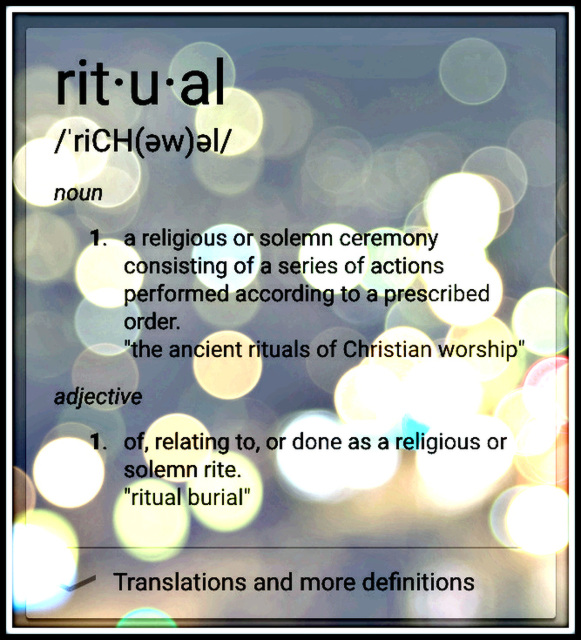Watching a movie
Abbi falls
Bangalore traffic
Friends
House
Arthur Schopenhauer & Will
Flower seller
Morning light
Elephant Tank
Anekere Basadi
Anekere
Schema
Deception & Personal Wholeness
On Sanoor Bridge
Friends
Spare part repository
Spare part repository
A classic road side view
भारत स्वच करो ~ Keep India clean
A kid in anticipation
Keeping clean
A classic village scene
S.V.Temple, Karkala
Irish Soda Bread
Bitter gourd - deep fry
Gurpur Bridge
Forum Mall
Morning light
Trunk
Keeping things clean
Time for cricket
An Old House
Making things clean
Keywords
Authorizations, license
-
Visible by: Everyone -
All rights reserved
- Photo replaced on 16 Nov 2020
-
156 visits
- Keyboard shortcuts:
Jump to top
RSS feed- Latest comments - Subscribe to the comment feeds of this photo
- ipernity © 2007-2024
- Help & Contact
|
Club news
|
About ipernity
|
History |
ipernity Club & Prices |
Guide of good conduct
Donate | Group guidelines | Privacy policy | Terms of use | Statutes | In memoria -
Facebook
Twitter



Restoring this original union between individuals and their spiritual source is the promise of virtually every known system of belief, from the primal myths of early hunting cultures to all the great religions that flourish today. In Christian theology, for example, Jesus provides the pathway to God; in Buddhist belief, oneness with all can be reached by following Buddha's teaching; and in Islam, reconciliation is possible through submission to the will of al-Lah.
Such assurances, spelled out in scriptures, can provide a powerful basis for faith and an effective buffer against existential fears. But these assurances are, ultimately, only ideas, and even in their most potent state, can only be believed in the mind b the mind. The neurobiology of ritual, however, turns these ideas into felt experiences, into mind-body, sensory, and cognitive events that "prove" their reality. Buy giving us a visceral taste of God's presence, rituals provide us with satisfying proof that the scriptural assurances are real.
Roman Catholics, for example, can experience Jesus' presence in the most intimate and unifying way, through the sacrament of the Eucharist, which fulfills Christ's promise of union and eternal life. In the same fashion, Buddhists use meditation and other contemplative rituals to transcend their attachments to the egotistical self, and all the moral suffering those attachments cause, and to lose themselves in the serene oneness of existence that the buddha so eloquently described. Thus, the neurobiological effects of ritualized behaviors give ceremonial substance to stories of myth and scripture. This is the primary function of religious ritual -- to turn spiritual stories into spiritual experience; to turn something in which you believe into something you can feel. It's why dervishes whirl, why monks chant, why Muslims prostate themselves and why primeval hunters, hoping to win the favor the great animal spirits, donned the skins of bears and wolves, and danced reverently around the fire.
Roman Catholics, for example, can experience Jesus' presence in the most intimate and unifying way, through the sacrament of the Eucharist, which fulfills Christ's promise of union and eternal life. In the same fashion, Buddhists use meditation and other contemplative rituals to transcend their attachments to the egotistical self, and all the moral suffering those attachments cause, and to lose themselves in the serene oneness of existence that the buddha so eloquently described. Thus, the neurobiological effects of ritualized behaviors give ceremonial substance to stories of myth and scripture. This is the primary function of religious ritual -- to turn spiritual stories into spiritual experience; to turn something in which you believe into something you can feel. It's why dervishes whirl, why monks chant, why Muslims prostate themselves and why primeval hunters, hoping to win the favor the great animal spirits, donned the skins of bears and wolves, and danced reverently around the fire.
What is it in the makeup of human beings that compels us to act out our myths -- to "rehearse," as Campbell puts, the unifying resolutions they so universally promise? Until recent years, anthropologists largely agreed that the urge to perform rituals was purely a cultural drive. Societies performed rituals, they believed, because humans had learned over time that ritual behaviors offered powerful social benefits, but our growing understanding of neurological function leads us to believe that the ritual urge may be rooted in something deeper than the cultural needs of a given society. It suggests, instead, that humans are driven to act out their myths by the basic biological operations of the brain. ~ Page 91 / 92
Sign-in to write a comment.